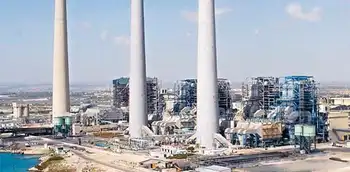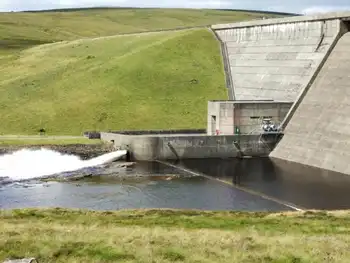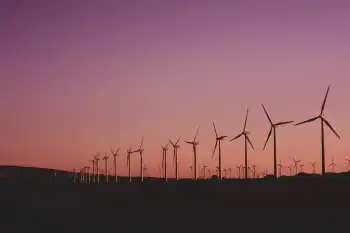Bruce A Environmental Assessment Accepted
TIVERTON, ONT. -- - Bruce Power has passed another key milestone in its program to restart two units at the Bruce A generating station after the Canadian Nuclear Safety Commission (CNSC) accepted the companyÂ’s Environmental Assessment Screening Report.
In a decision released in Ottawa, the CNSC ruled the proposed restart of Units 3 and 4 is not likely to cause significant adverse environmental effects. In a separate decision, the federal regulator has also cleared the way for a Designated Officer to decide if Bruce Power can begin refuelling Unit 4.
Pending further regulatory approvals, Unit 4 could be returned to service by April, followed soon after by Unit 3. Together, they could be generating another 1,500 MW of much-needed, clean electricity for Ontario by this summerÂ’s period of peak demand.
“Clearly, the acceptance of our Environmental Assessment is a significant milestone for Bruce Power and our employees,” said Duncan Hawthorne, Bruce Power’s Chief Executive Officer. “We found the Environmental Assessment process to be extremely thorough and the issues raised by many of the intervenors at our Dec. 12 hearing to be very helpful. We have written to all of those who spoke at the hearing to thank them for their insights. As responsible neighbours, we remain keen to work closely with them on the issues they have raised.”
Hawthorne is confident crews will soon be allowed to start refuelling Unit 4 since Bruce Power has already provided documentary evidence to satisfy conditions placed on the CNSCÂ’s Designated Officer before that permission could be granted.
Among those conditions was the reinstatement of financial guarantees made on behalf of Bruce Power by its majority partner, British Energy. Those guarantees are once again in place following news that Cameco Corp., TransCanada PipeLines Ltd. and a trust established by the Ontario Municipal Employees Retirement Service have agreed in principle to buy 31.6 per cent stakes in Bruce Power, allowing British Energy to relinquish its entire share. The deal is expected to close before Feb. 14.
The announcement was welcome news for Bruce Power’s fuel handling staff, who have been eagerly awaiting the opportunity to “push fuel” into Unit 4, which had been laid-up in 1998 by the previous operators of the Bruce site. All of the systems necessary to safely control and monitor the reactor in its fuelled state have been returned to service in preparation for fuel loading.
It will take about 45 days for an enormous fuelling machine that sits on a trolley the size of a flatbed train car to install 6,240 fuel bundles into 480 fuel channels on the reactor face. When refuelling is complete on Unit 4, employees will turn their attention to Unit 3. Bruce PowerÂ’s CANDU units use natural uranium dioxide that is assembled into fuel bundles that are about 49.5 cm long and weigh about 22.5 kilograms each.
“This is a significant milestone for staff working on the restart project,” said Ron Mottram, Vice President, Bruce A Restart. “While a lot of work remains to be done to ready the balance of the plant for safe and reliable operation, we are continuing to meet our critical milestones and are confident in our program timeline. This is an exciting period for this important project.”
Unit 4 first went into service Jan. 18, 1979, but was laid up on March 16, 1998 under the ownership of Ontario Hydro. Unit 3 went into service Feb. 4, 1978 and was laid up on April 9, 1998. Bruce Power has been working for the last 20 months on this challenging and complex $400 million project, which has involved 1,100 employees and contractors.
Related News

Minnesota 2050 carbon-free electricity plan gets first hearing
ST. PAUL - Gov. Tim Walz's plan for Minnesota to get 100 percent of its electricity from carbon-free sources by 2050 was criticized Tuesday at its first legislative hearing, with representatives from some of the state's smaller utilities saying they can't meet that goal.
Commerce Commissioner Steve Kelley told the House climate committee that the Democratic governor's plan is ambitious. But he said the state's generating system is "aging and at a critical juncture," with plants that produce 70 percent of the state's electricity coming up for potential retirement over the next two decades. He said it will ensure that utilities…




